Africa is home to some of the world’s most majestic and iconic big cats. These fascinating creatures, from lions to leopards and cheetahs, thrive in diverse habitats across the continent. Exploring the habitats they call home reveals the intricate balance of ecosystems that sustain them and highlights the urgent need for conservation efforts to protect their future.
King of the Savannah
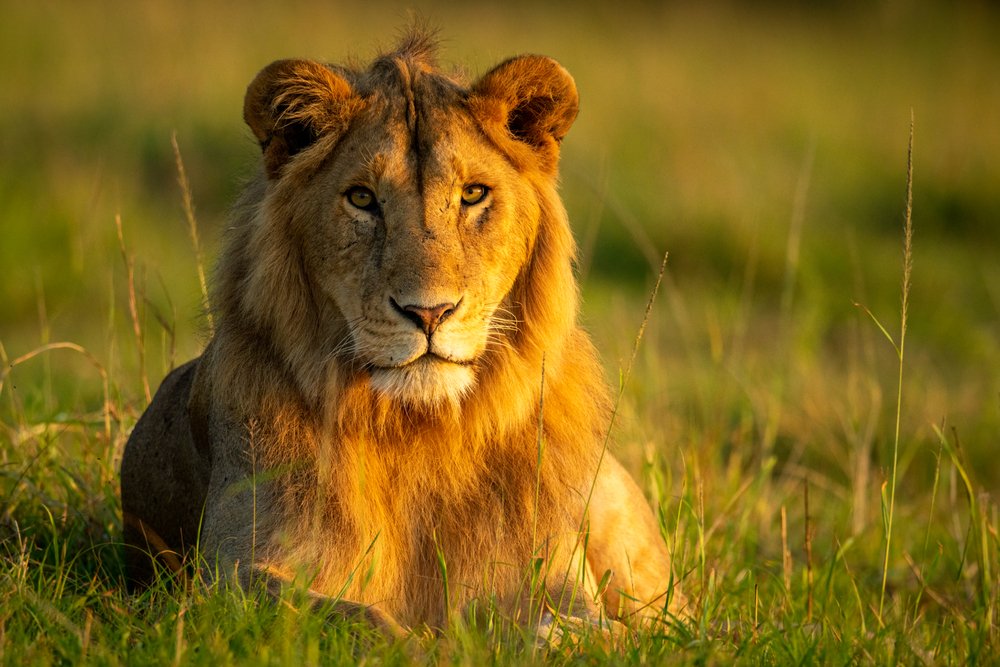
Lions, often referred to as the kings of the jungle, predominantly inhabit Africa’s savannahs and grasslands. These vast, open landscapes provide plenty of prey, including zebras and antelopes, and ample space for pride dynamics to flourish. Found in reserves like the Serengeti in Tanzania and South Africa’s Kruger National Park, lions rely on these ecosystems to maintain their role as apex predators.
Masters of Stealth in Diverse Habitats
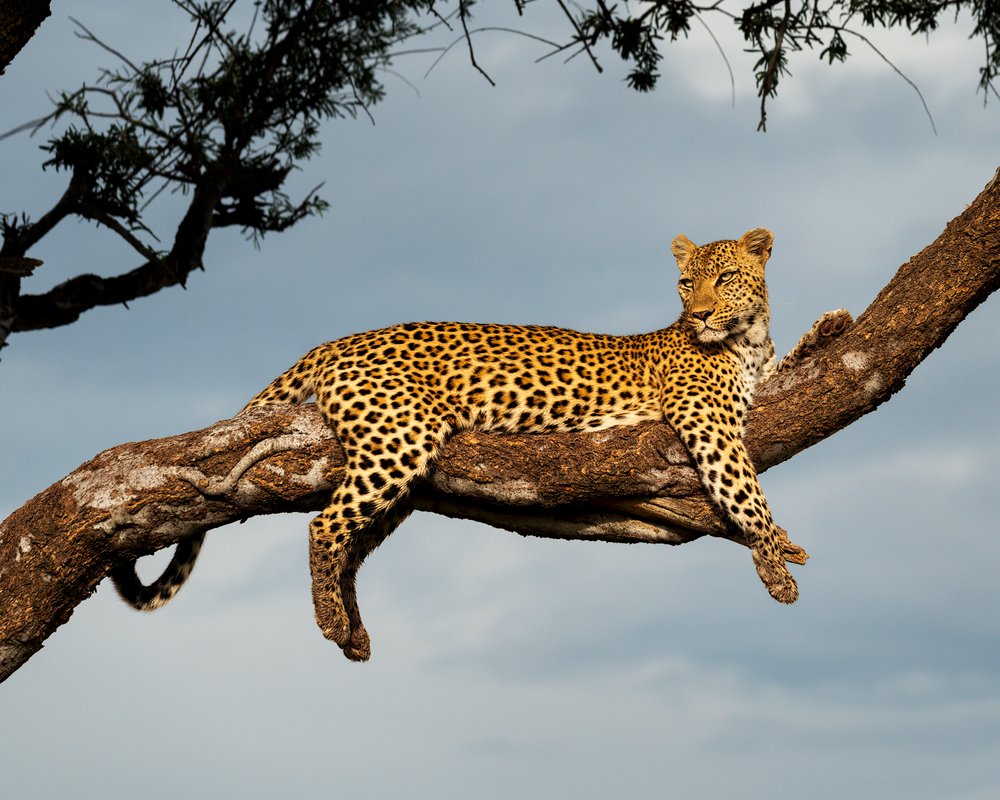
@bdivelbissphoto via depositphotos.
Leopards are known for their adaptability, thriving in a range of environments from dense forests to rocky hills and arid deserts. Their elusive nature and solitary lifestyle make them difficult to spot, but regions like Botswana’s Okavango Delta and the rocky terrains of Namibia offer glimpses of these stealthy predators. Leopards are vital for maintaining ecological balance by controlling prey populations in their habitats.
Speedsters of the Grasslands
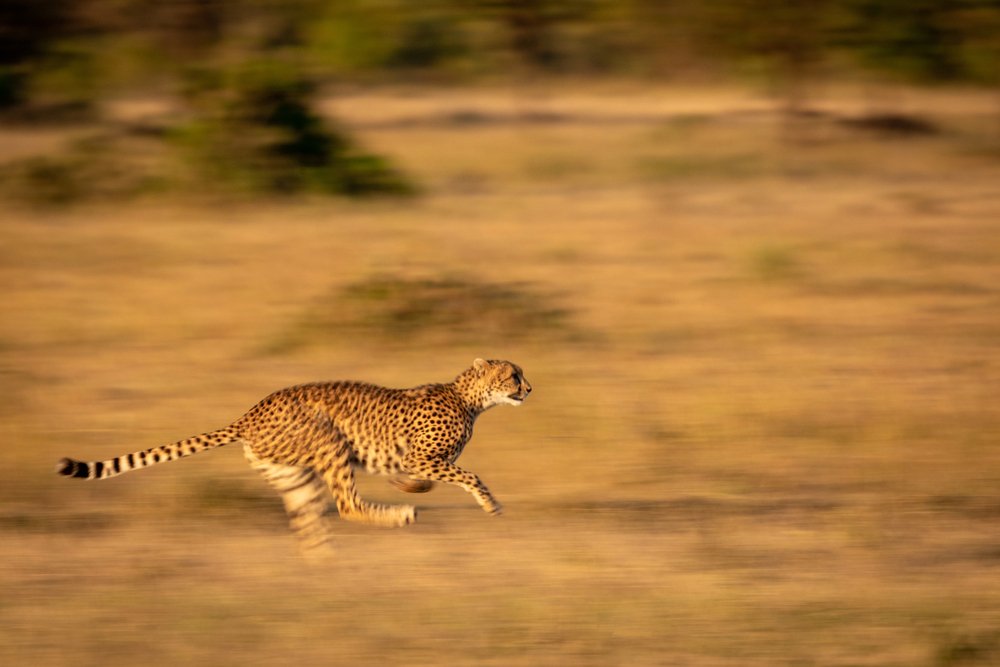
Cheetahs, the fastest land animals, are perfectly adapted to Africa’s grasslands and open plains. Their slender bodies and long legs enable them to chase down prey like gazelles with incredible speed and precision. Found in areas like Kenya’s Maasai Mara and Namibia’s grasslands, cheetahs face challenges such as habitat loss and competition from larger predators, making conservation critical for their survival.
Lesser-Known African Wildcats
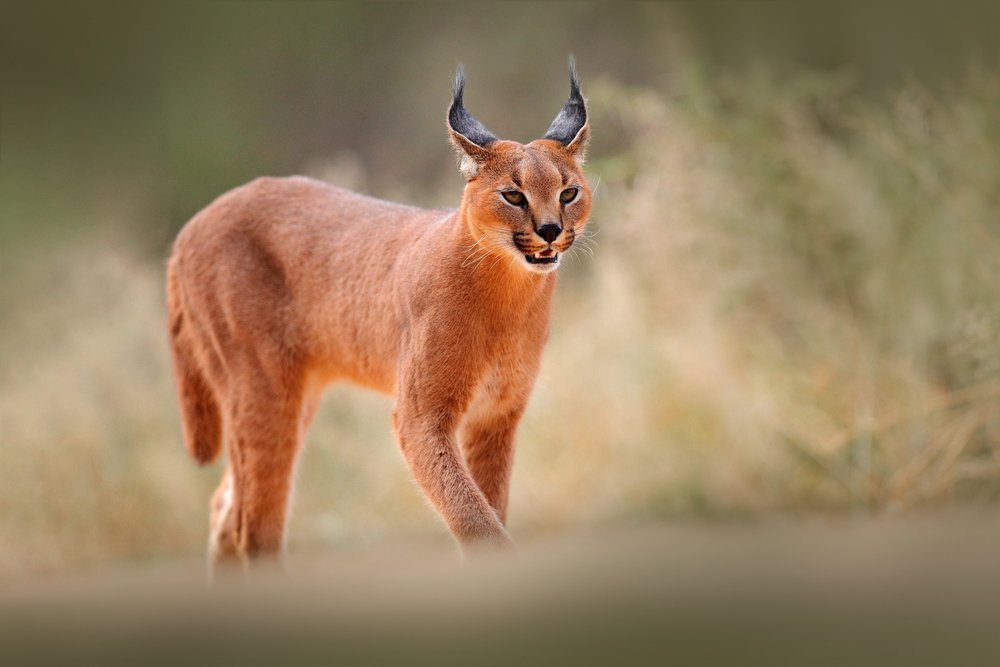
Beyond the big cats, Africa is home to smaller but equally fascinating feline species like caracals and servals. Caracals, with their tufted ears and agile hunting techniques, thrive in savannahs and semi-deserts, while servals, known for their long legs and exceptional leaping ability, prefer wetlands and grasslands. Both species play crucial roles in maintaining the health of their ecosystems by controlling rodent populations.
The Role of Conservation in Protecting Africa’s Cats
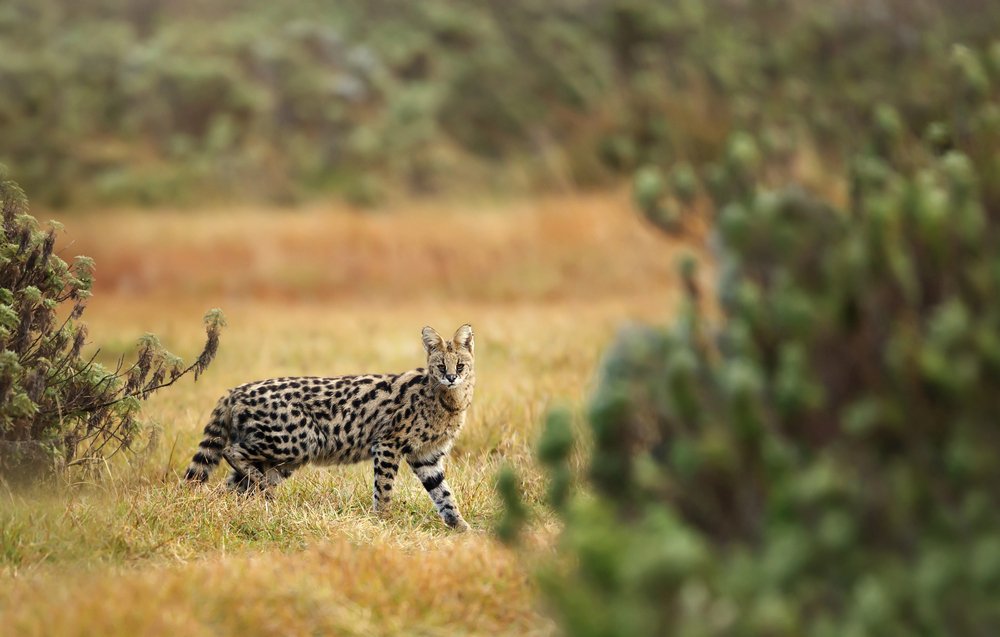
The survival of Africa’s iconic cats is increasingly threatened by habitat loss, human-wildlife conflict, and illegal poaching. Conservation efforts, including protected reserves, anti-poaching initiatives, and community education, are essential for safeguarding these majestic creatures. Projects like the Big Cat Initiative and local conservation programs are helping to ensure these species remain a vital part of Africa’s landscapes.
A Call to Preserve Africa’s Wild Heritage
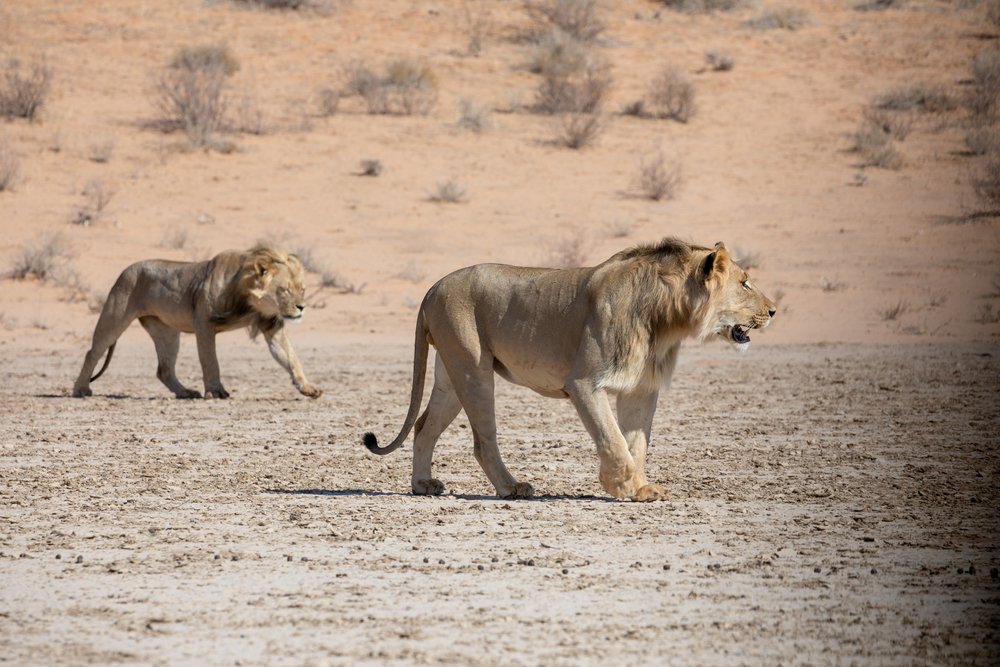
Africa’s iconic cats are more than just symbols of the wild; they are integral to the health of their ecosystems and the cultural identity of the continent. By protecting their habitats and promoting coexistence between humans and wildlife, we can help ensure these magnificent animals continue to roam Africa’s lands for generations to come.
The Legacy of Africa’s Big Cats
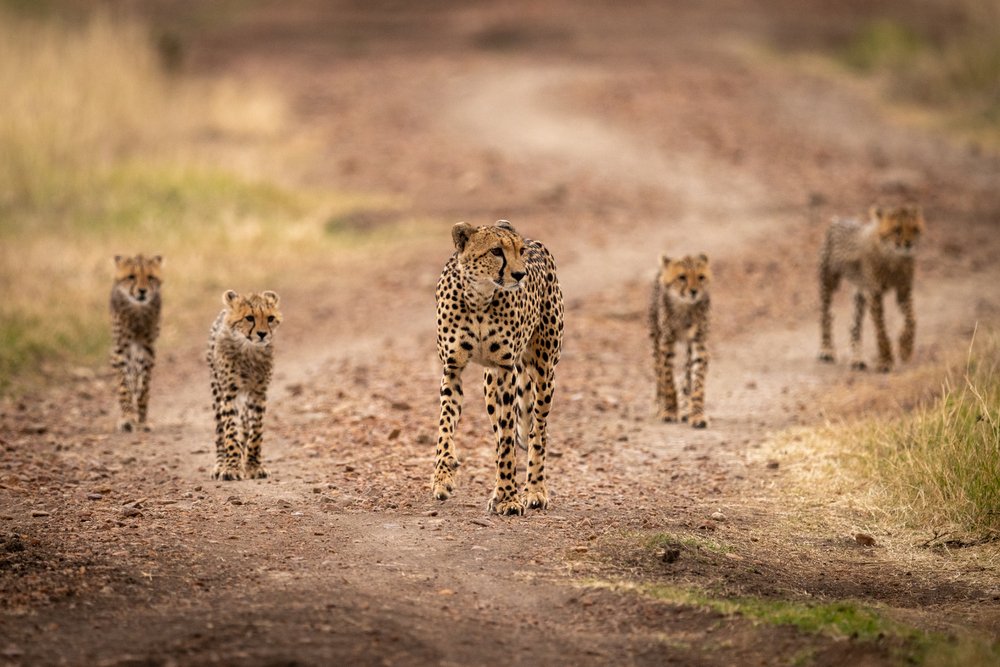
From the roar of a lion to the silent leap of a leopard, Africa’s cats inspire awe and respect. Their habitats, stretching from vast savannahs to dense forests, are vital for their survival. By supporting conservation efforts, we can honor their legacy and preserve the wonders of Africa’s wild heritage.

Growing up traveling and experiencing new cultures and wonders, I have had a passion for nature, adventuring, photography, and videography. I am currently working towards a BSc in Biodiversity and Ecology at Stellenbosch University, and I hope to specialise in Marine Sciences one day.
Please send any feedback to Feedback@animalsaroundtheglobe.com






